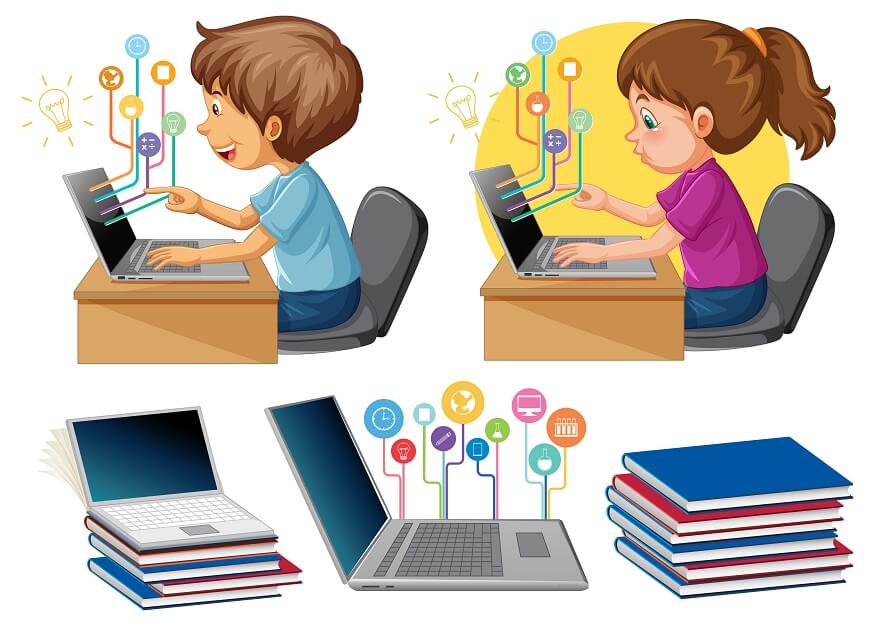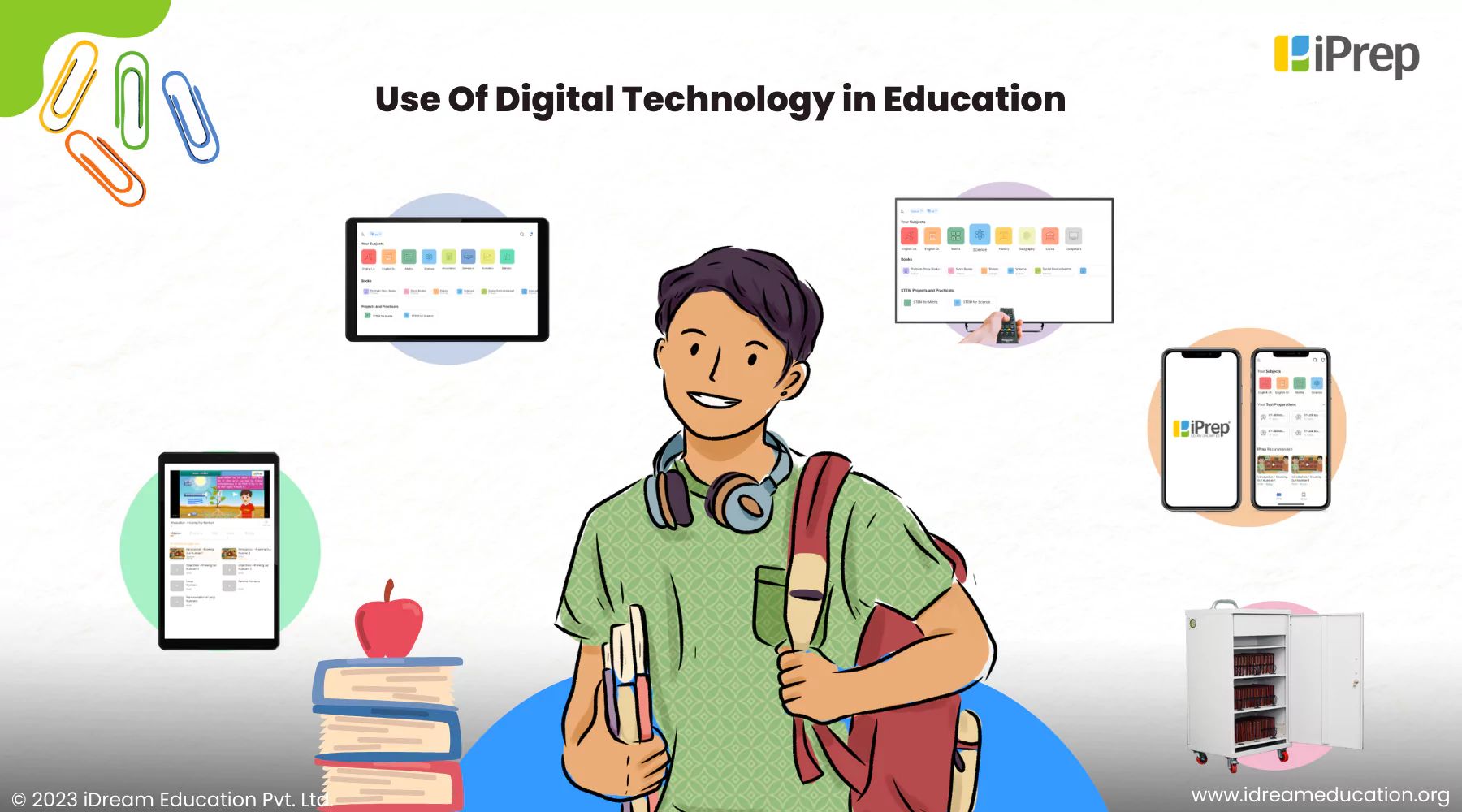Comprehensive Service Guides for Progressing Technology Education And Learning in Schools and Colleges
The assimilation of technology education and learning into college and college educational program has ended up being a critical imperative in preparing students for a significantly digital labor force. Thorough business overviews play a pivotal role in this makeover by laying out the needed structures for efficient program execution, promoting essential industry partnerships, and gauging instructional outcomes. As instructional institutions aim to align themselves with market demands, the challenges and possibilities offered by these guides merit a closer assessment. Insurance. What details strategies can be adopted to maximize their effect on both pupils and instructors?
Importance of Technology Education And Learning
As technology remains to advance at an unmatched speed, the significance of technology education and learning has ended up being increasingly obvious in today's culture. The assimilation of technology into various elements of life necessitates that people have a foundational understanding of technical principles and applications. This understanding not only boosts employability yet also cultivates critical reasoning and analytic skills essential for navigating a vibrant workforce.
In universities, technology education equips pupils with the capability to adjust to fast adjustments in industries driven by development. It motivates creative thinking and encourages learners to engage with arising technologies, from expert system to information analytics. Innovation education advertises digital proficiency, which is essential in a period where info is conveniently offered yet usually misleading.

Secret Components of Effective Guides
Effective guides for technology education should include numerous crucial parts to ensure that learners get one of the most from their experiences. First, a well-defined educational program is vital, describing the goals, discovering end results, and the skills to be established. This educational program should be frequently updated to mirror the rapidly evolving technical landscape, making sure relevance and applicability.
2nd, detailed resources that include books, on-line products, and hands-on tools are essential. These sources must be obtainable and diverse, satisfying various learning styles and choices. In addition, incorporating real-world scenarios and study can improve understanding and involvement.
Third, assessment strategies should be included to evaluate student progression efficiently. These assessments need to be differed, encompassing cumulative and formative assessments that straighten with the understanding goals.
In addition, expert development chances for teachers are crucial. Educating programs and workshops can furnish instructors with the current pedagogical strategies and technological developments.
Lastly, cultivating a collaborative discovering environment encourages peer interaction and expertise sharing. By including these key parts, overviews for technology education can substantially improve the learning experience, preparing pupils for future obstacles in a progressively digital globe.
Structure Industry Partnerships
Building strong industry collaborations is an important aspect of enhancing modern technology education. These collaborations between instructional establishments and organizations create a dynamic ecological community that profits companies, pupils, and teachers alike. By promoting relationships with market colleges, leaders and colleges can straighten their educational programs with the evolving demands of the job market, making sure that trainees acquire appropriate abilities and expertise.
The development of internships, instructions, and mentorship programs functions you can try here as a cornerstone of these partnerships. Such chances supply trainees with hands-on experience, improving their employability and practical understanding of modern technology applications. Furthermore, market partners can supply understandings into arising fads and technical improvements, enabling teachers to adjust their mentor approaches appropriately.
In addition, collaborations can facilitate access to sources, such as equipment, software application, and financing for research study projects. These payments enrich the discovering setting and enable institutions to remain at the center of technical innovation. Inevitably, developing robust industry partnerships is important for cultivating a skilled workforce that fulfills the needs these days's quickly changing technical landscape, while likewise driving financial growth and competitiveness in the wider community.
Implementing Modern Technology Programs
Applying innovation programs within universities calls for a critical method that prioritizes both curriculum growth and resource allocation. To launch effective innovation assimilation, institutions have to first examine their existing infrastructure and identify gaps in resources, including hardware, software, and employees training. This evaluation makes it possible for schools find this and colleges to develop a customized plan that straightens with their particular educational goals.
Next, it is important to create a thorough curriculum that integrates arising technologies and sector requirements. Teaming up with educators, industry professionals, and stakeholders can make certain that the educational program continues to be reliable and relevant in preparing students for the labor force (AI Tools). Additionally, specialist advancement for professors is crucial, as it equips educators with the abilities necessary to effectively teach brand-new modern technologies
In addition, organizations ought to stress the importance of hands-on discovering experiences, such as labs and workshops, that enable students to use theoretical understanding in practical settings. This experiential strategy improves involvement and cultivates essential thinking. Protecting sustainable funding through collaborations and grants can help broaden and preserve technology programs, making sure long-term success and versatility in an ever-evolving technical landscape.
Measuring Success and Outcomes
Examining the success and results of technology education and learning programs is necessary for validating their impact and leading future improvements. Effective dimension frameworks must encompass both quantitative and qualitative metrics, providing a detailed view of program efficiency. Key efficiency indicators (KPIs) such as pupil registration figures, retention prices, Go Here and training course conclusion percents use important quantitative data.

Incorporating standardized analyses can additionally assess pupils' technical proficiencies and preparedness for the workforce. Benchmarking versus comparable organizations permits contextually appropriate contrasts, highlighting locations for growth.
Inevitably, the constant analysis of technology education programs promotes a culture of enhancement, making certain that they develop in positioning with market demands and educational requirements. By methodically determining success, institutions can not just demonstrate responsibility to stakeholders however also improve their offerings, therefore enhancing the discovering experience and preparing pupils for the ever-changing technical landscape.
Final Thought

The integration of technology education and learning into school and university curricula has become a vital necessary in preparing students for an increasingly digital labor force.As innovation proceeds to advance at an extraordinary speed, the value of innovation education has become significantly noticeable in today's society.In educational organizations, modern technology education and learning equips pupils with the capability to adapt to quick adjustments in industries driven by development. By prioritizing technology education and learning, establishments can cultivate a generation of informed people qualified of leveraging modern technology for social and individual innovation. The execution of robust assessment strategies makes it possible for institutions to measure success and end results, inevitably improving the overall effectiveness of modern technology education and learning campaigns and preparing pupils for future difficulties.